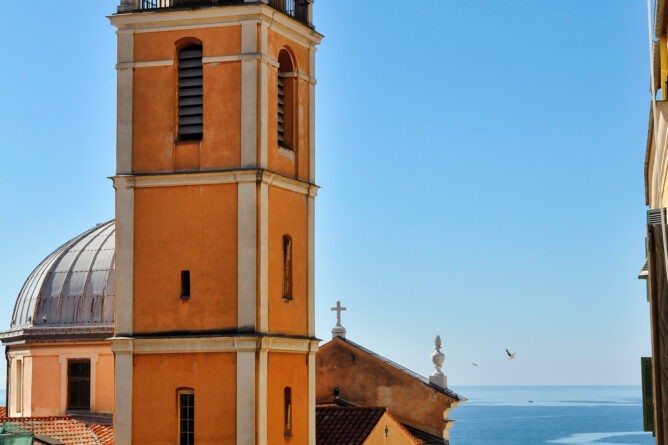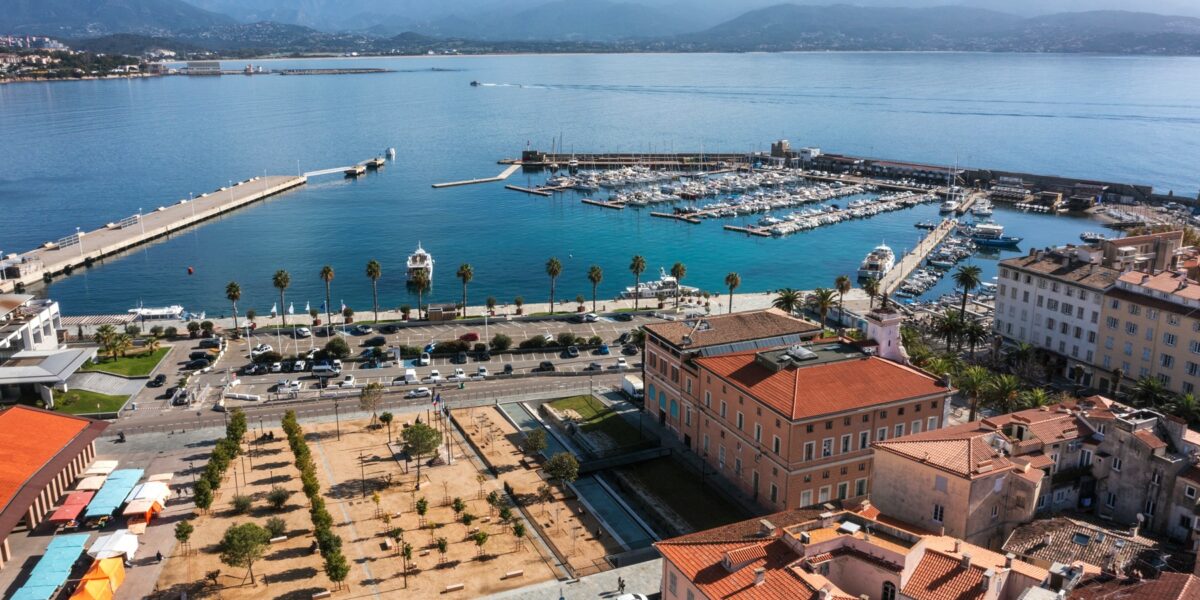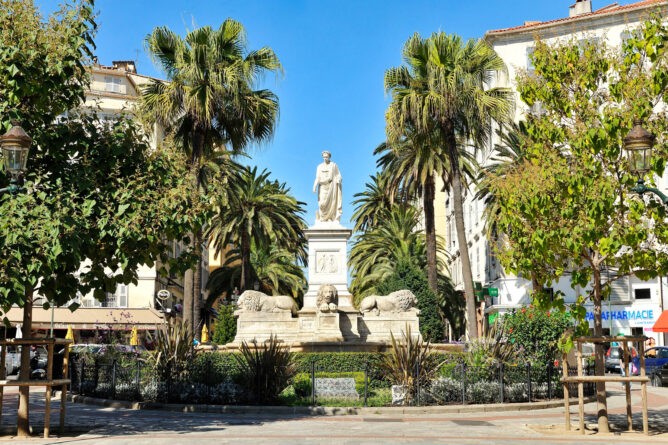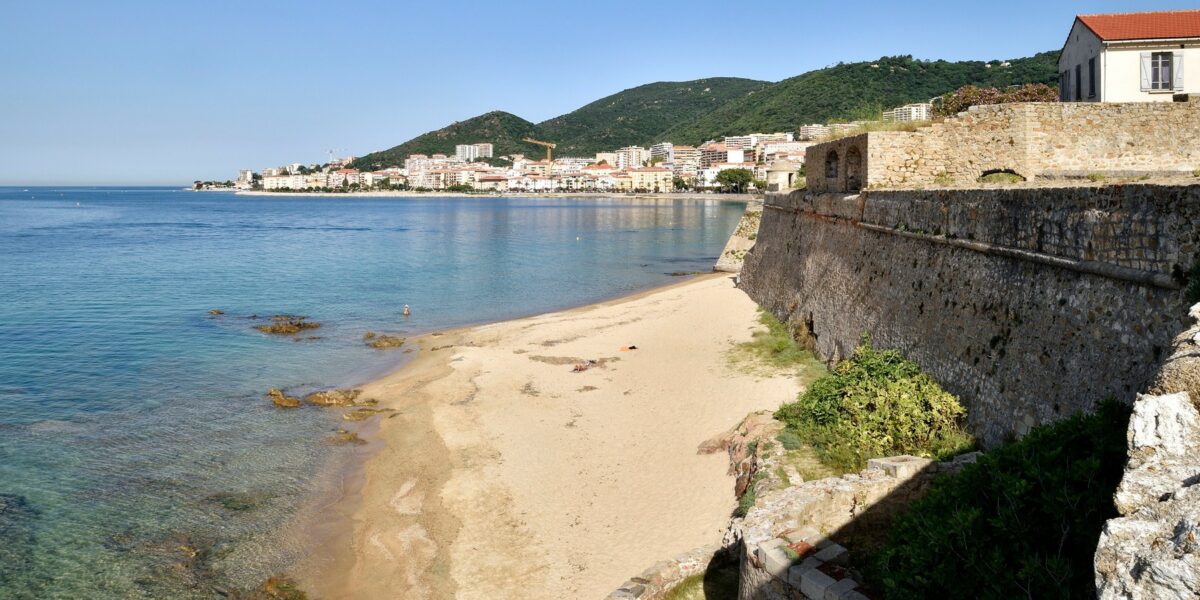Staying in the imperial city and historical capital of Corsica will seduce you throughout your walks, hikes, excursions, or gastronomic and festive stops. Ajaccio is the most visited city in Corsica for all the good reasons that follow.
Ajaccio is a harmonious mix of sea, mountains, nature, and history that leads us from Genoa to Napoleon Bonaparte. All the little corners of the city of Ajaccio bear witness to its charms in a sunny atmosphere where it is good to stroll in peace.
Its historic city centre, which saw the birth of Napoleon Bonaparte and Tino Rossi, gives it an exceptional wealth of heritage that is easy to access.
Let yourself be guided by these good reasons to discover the town.






